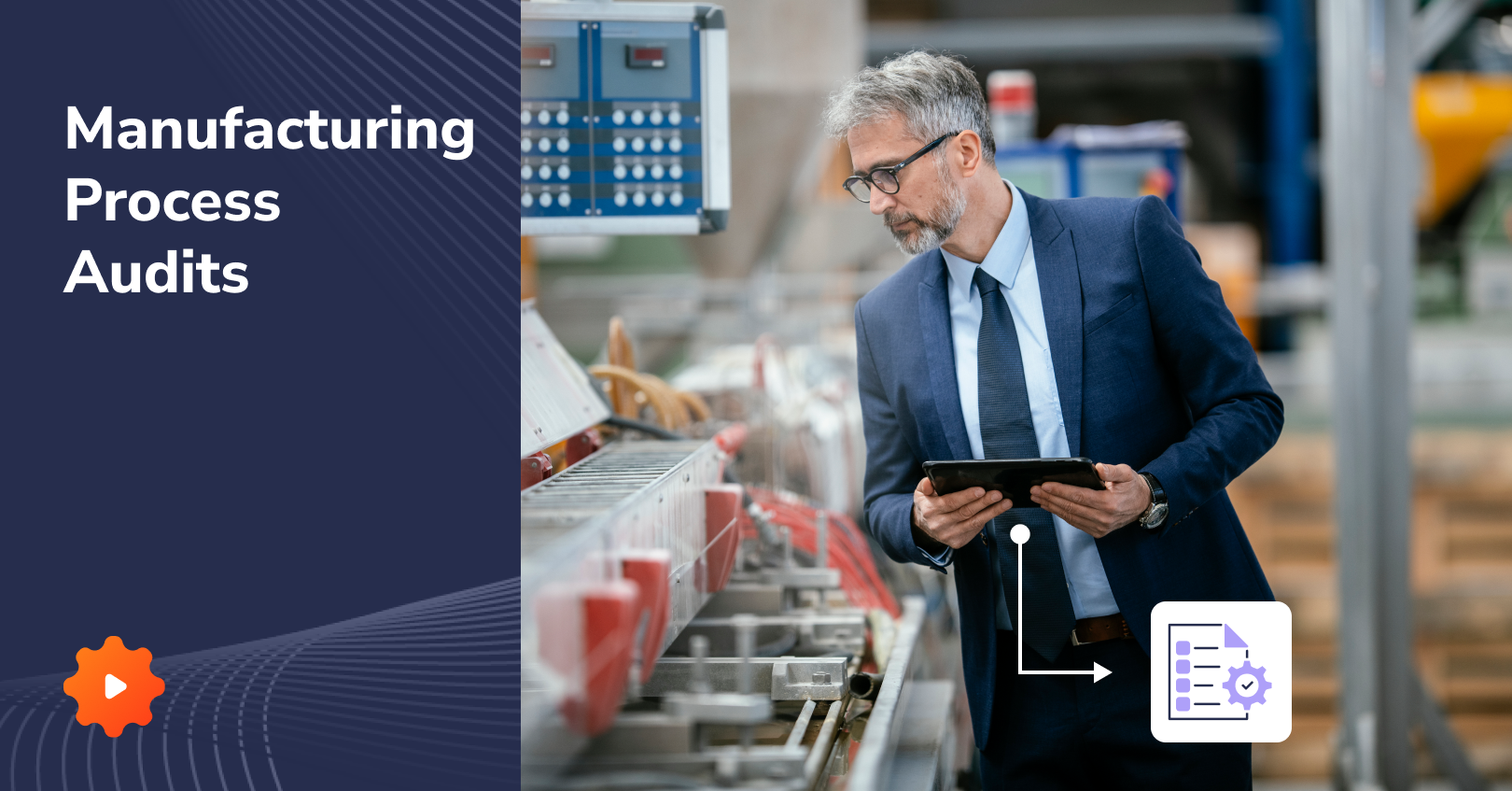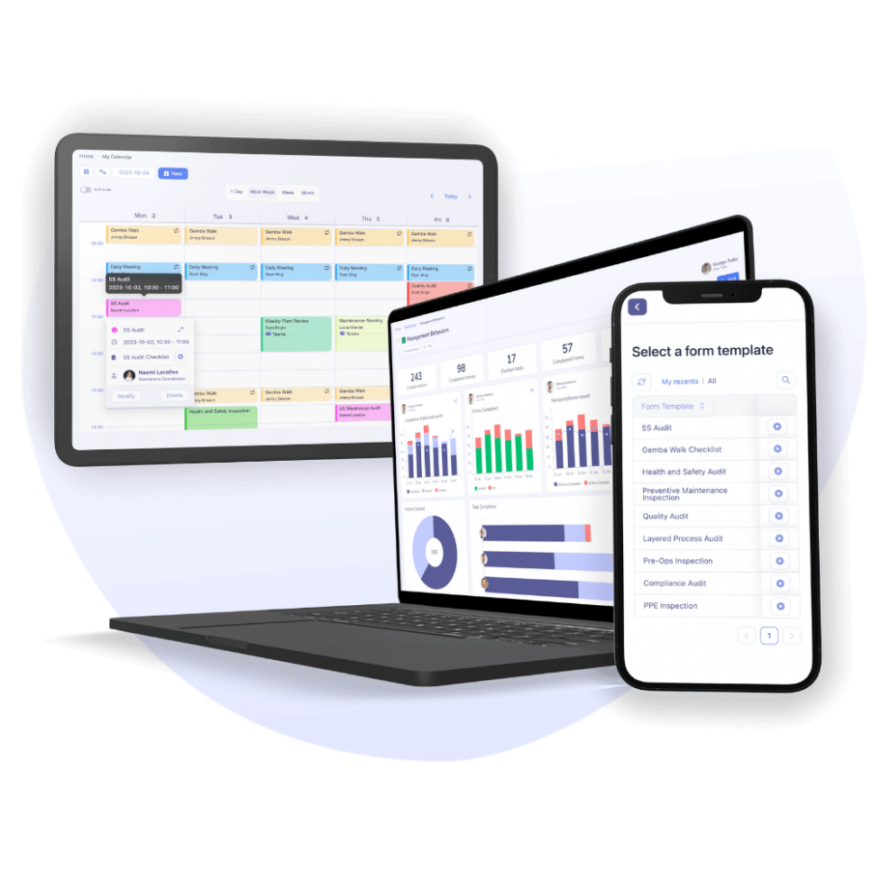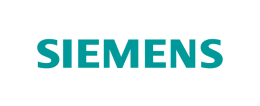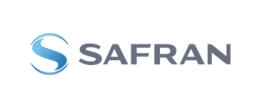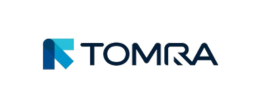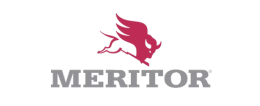Layered Process Audits: Stop Errors and Ace Compliance

| Audience: | Manufacturing Managers, Healthcare Administrators, Operational Excellence and Lean Management Practitioners, HR Coordinators, Organizational Leaders |
| Last updated: | August 6, 2025 |
| Read time: | 11 min |
- Multiple Layers of Auditing: LPAs involve frontline employees, supervisors, managers, and executives, each with a specific focus and scope of assessment.
- Benefits of LPAs: LPAs can help to reduce risks, improve quality, ensure compliance, and foster a culture of continuous improvement.
- Efficiency and Insights: LPAs provide actionable insights through structured audits, helping organizations identify non-conformities early and implement preventive measures effectively.
Layered Process Audits (LPAs) are a structured approach to quality control that involves multiple levels of an organization. By regularly auditing processes and identifying issues early on, LPAs help to improve quality, reduce risks, and ensure compliance with regulations.
- Multiple Layers of Auditing: LPAs involve frontline employees, supervisors, managers, and executives, each with a specific focus and scope of assessment.
- Benefits of LPAs: LPAs can help to reduce risks, improve quality, ensure compliance, and foster a culture of continuous improvement.
- Efficiency and Insights: LPAs provide actionable insights through structured audits, helping organizations identify non-conformities early and implement preventive measures effectively.
Auditing processes in the manufacturing, distribution, and healthcare sectors is not merely a luxury; it’s the cornerstone of any organization striving for excellence in its products and services. Maintaining high-quality, safe, and efficient procedures cannot be overstated since the repercussions of subpar standards can be damaging, leading to lost customers, rework, product recalls, and reputational damage.
What are Layered Process Audits (LPAs)?
Layered Process Audits (LPA) are structured audits conducted across multiple organizational layers or levels to ensure process compliance. LPAs involve frontline employees, middle management, and upper management. Auditors follow an audit checklist and verify different workplace areas, processes, or assessment criteria depending on their level of authority.
LPAs are a robust quality, safety, and efficiency technique that shifts the focus from inspecting finished products and services to validating the processes that produce them. At their core, LPAs are a proactive approach to management. The primary objective is to consistently follow operational procedures, maintain quality standards, rectify deviations at the earliest possible stage, and drive continuous improvement.
What is the LPA methodology framework?
The LPA methodology framework is a structured approach to conducting and maintaining Layered Process Audits throughout the organization.
More than just a collection of checklists and questions, it’s a blueprint that integrates strategic intent with on-the-ground execution, making each audit consistent, repeatable, and aligned with company goals.
The main elements of the LPA framework include:
Roles and Responsibilities: The LPA framework assigns distinct auditing responsibilities based on each organizational level, from the frontline to executives. Each layer has a defined scope of evaluation and schedule, which we will cover right away.
Checklists: Customized to specific processes and goals, Layered Process Audit checklists ensure that audits are thorough and standardized at all times. They provide a clear set of expectations and metrics for evaluating processes, reducing ambiguity and bias.
Schedules: LPAs require a structured schedule to support timely audits, accountability, and performance monitoring. The frequency of these audits will vary based on several factors, such as the criticality of a certain process.
Reporting: Effective LPAs depend on clear, actionable reporting. Audit results should be accurately documented and swiftly communicated to facilitate quick corrective action and ensure full transparency and accountability.

Audit Layers Flowchart – Roles by Level
At the heart of Layered Process Audits are multiple layers within an organization. These layers involve individuals from various management tiers, each with a distinct focus and scope of assessment:
Layer 1 – Frontline Employees and Operators:
Frontline employees conduct audits within their workstations or areas. Their audits concentrate on adhering to safety standards and standard operating procedures (SOPs). Employees are well-positioned to identify issues as they are directly engaged in day-to-day operations. This layer also directly supports strong health and safety management, especially in high-risk work environments.
Layer 2 – Team Leaders and Supervisors:
Team leaders or supervisors play a pivotal role in conducting audits. These audits mainly verify that team members follow established procedures and safety protocols.
Layer 3 – Managers and Directors:
Middle managers (production managers or department heads) participate in LPAs to assess overall performance. They review processes, resource allocation, and efficiency, often identifying training needs, resource requirements, or improvement opportunities.
Layer 4 – C-Level Executives:
Senior management (top executives) engage in LPAs to gain a high-level view of the organization’s processes. Their quarterly audits focus on strategic aspects, such as alignment with organizational goals and regulatory compliance. Senior management’s involvement underscores its commitment to quality and continuous improvement.
Cross-functional Teams:
LPAs may also involve cross-functional teams collaborating to address non-conformity identified during audits. These teams guarantee a comprehensive strategy for overseeing quality, safety, and efficiency control.
Quality Assurance and Continuous Improvement Teams:
Quality assurance and continuous improvement teams are the driving force behind LPA programs. They coordinate the audit schedule, provide training, and promptly take corrective actions. These groups play a crucial role in fostering a culture of accountability.
The overarching principle in conducting LPAs is collaboration among all management levels, relentlessly focusing on transparency, accountability, and continuous improvement.
LPAs involve multiple layers of auditors across the organization, each with a different scope.

Layered Process Audit frequency schedule
The frequency of Layered Process Audits varies depending on the level conducting the audit: the closer an auditor is to the audited area, the more frequently they will complete the audit. For instance, a line supervisor may perform daily audits, while a plant manager might conduct monthly audits.
Moreover, LPA schedules are an essential tool when implementing Leader Standard Work. Set the LPA schedule for regular assessments and choose from daily, weekly, monthly, or custom recurrence to ensure auditors stay on top of their deadlines.
Schedule Layered Process Audits in your auditors’ calendars to ensure timely assessments.
How to conduct Layered Process Audits (LPAs)
Layered Process Audits are structured processes involving several vital steps. Here’s a roadmap for conducting effective LPAs:
1. Define Critical Processes
Begin by clearly outlining the processes that require auditing. These could include safety protocols, quality control procedures, and so on. This is often referred to as the LPA scope, and it’s responsible for setting the direction of your audit program. Oftentimes, it’s best to start off with the critical processes that directly influence operational efficiency, regulatory compliance, or customer satisfaction. This often aligns with foundational Lean practices like 5S Lean Manufacturing, which helps eliminate waste and improve workplace organization.
2. Create Audit Checklists (or Simple Excel Templates)
Develop detailed checklists or assessment criteria to comprehensively cover each step of the audited processes. These checklists serve as a guide for auditors to evaluate compliance and keep audits objective, focused, and repeatable. Whether printed or digital, effective templates reduce variance and ensure each audit consistently evaluates the exact same set of criteria.
3. Assign Auditors
Assign individuals from each management level to conduct audits. For example, team leaders could audit frontline operators, managers could audit team leaders, et cetera. Having auditors from multiple layers ensures fresh perspectives while promoting accountability and peer-to-peer engagement.
4. Provide LPA Team Training
It’s crucial to provide sufficient training to your team to ensure LPAs run smoothly. You should equip auditors across all levels with all the skills and resources needed to conduct effective LPAs. This includes making sure that everyone understands the checklist, asks the right questions, observes without bias, and documents observations clearly.
5. Schedule Auditing Frequency
Set daily, weekly, monthly, or custom audit frequencies in auditors’ calendars to increase ownership and adherence to best practices. Frequency should reflect process risk and criticality. Consistent scheduling promotes habit, while digital tools can automate reminders and task assignment.
6. Conduct Audits
Regularly conduct audits using your custom-made checklists. Auditors are now responsible for verifying that all processes run smoothly and identifying any non-compliance issues. The main things to keep in mind are to focus on observing the processes as they happen and to avoid micromanaging or jumping to conclusions. The goal is to validate whether standards are followed — not to evaluate the workers, whether we’re referring to manufacturers or company employees.
7. Document Findings
Audit all your findings, both positive and those needing improvement, and ensure that everything was clearly documented and delegated to the appropriate team. Documentation creates traceability and accountability, and ensures follow-up action. Use concise language and include photos or data points when possible to support each finding.
8. Analyze Data
Collect, centralize, and analyze all audit data to identify trends and recurring issues, enabling long-term production process and audit improvement. By proactively identifying recurring breakdowns, ineffective standards, or patterns of non-compliance across shifts or departments, business leaders have the chance to stop issues in their tracks, preventing costly damage.
9. Manage Corrective and Preventive Actions
When auditors identify discrepancies or issues, they must define actions, escalate or assign them to the right management layers, and involve cross-functional teams. Action tracking tools like Tervene help ensure this company-wide accountability at all times. Preventive measures could include root cause analysis, countermeasures, deadlines, and follow-up audits.
10. Feedback Loop
Share audit results and improvement actions with relevant stakeholders. Transparency is critical to building awareness and accountability. Communicate wins and lessons learned across the entire organization — this effectively closes the loop, celebrates progress, and reinforces the value of LPAs.
When followed correctly, these steps not only ensure compliance but also build a culture of ownership and operational discipline across all levels of the organization. Establishing clear roles and responsibilities for each layer is necessary to ensure that findings from LPAs are not just isolated observations but catalysts for meaningful progress.
Importance of Layered Process Audits
Layered Process Audits hold significance in process improvement, quality, and safety control. Here’s why they are indispensable:
- Limiting and Controlling Risks: LPAs offer a proactive approach by identifying and mitigating process-related risks before they spread. By focusing on workplace safety, process standardization, and compliance, LPAs reduce the probability of errors, inconsistencies, and deviations.
- Improving Quality: By verifying standards and procedures regularly, Layered Process Audits enhance operations before issues arise, leading to a reduction in customer complaints, product recalls, or rework.
- Ensuring Compliance: LPAs are a crucial tool for demonstrating compliance with various certifications and guidelines, including ISO 9001, IATF 16949, and CQI-8 (for automotive quality management), ISO 45001 (for safety management), and ISO 14001 (for environmental management).
- Fostering a Culture of Excellence: Implementing LPAs fosters a culture of continuous improvement within the organization. Employees at all levels are encouraged to identify process enhancements and opportunities for improvement. LPAs also complement your Daily Management System (DMS) by reinforcing structured leadership routines and continuous floor engagement.
Above all, the benefits of LPAs extend beyond tangible improvements to include intangible gains, such as increased floor time for management, reinforced process steps, and the demonstration of the importance of critical processes to the entire organization.
Benefits of digitized LPA solutions
The transition from traditional paper-based audits to digital Layered Process Audits offers countless advantages:
- Faster and More Efficient Audits: Digital LPAs simplify the audit process, making it quicker and more efficient. Thanks to user-friendly interfaces, auditors can complete audits in a fraction of the time required for paper-based audits.
- Improved Management of Corrective and Preventive Actions (CAPAs): Managing CAPAs becomes more efficient with digital LPAs. It facilitates the prompt identification and resolution of issues, reducing the time lag between issue identification and resolution.
- Standardized Document Version Control: Digital LPAs ensure up-to-date audit forms and checklists are available across the organization. This standardization simplifies comparisons across different sites and versions.
- Instantaneous Metrics and Data Analysis: Digital LPAs enable real-time data collection. This immediacy ensures that audit results are readily available, allowing swift corrective actions.
- Enhanced Data Security: Technology-based audits are encrypted to protect data from unauthorized access, providing higher data security than paper-based audits.
- Reduction of Hidden Costs: While paper-based systems may seem cost-effective, they often entail hidden costs in terms of time and effort spent on paperwork. Digital LPAs eliminate these hidden costs.
Digital LPAs also improve visibility into document modifications, prevent manual errors, and facilitate continuous improvement initiatives. With digital solutions, users can assign audits efficiently, ensuring that the right individuals receive the correct requests at the right time.
This becomes even more powerful when integrated into a broader Lean management software that connects audits with your entire operational ecosystem.
The sheer value of digitizing LPAs is hard to overlook, which is why more and more companies worldwide are turning to specialized platforms like Tervene to streamline and automate their audits:
Machining Department Manager, Meritor – Cumminssers can assign audits efficiently, ensuring that the right individuals receive the correct requests at the right time.
Team leaders used to conduct audits on paper. Now, it’s easier to access information, assign tasks resulting from audits, and make follow-ups.
Thierry Bayle
Digital Layered Process Audit tools
Digital Layered Process Audit tools are at the forefront of enabling organizations to implement an LPA Program and to conduct audits quickly and efficiently. Digital LPA platforms like Tervene offer a wide range of features, including:
- LPAs Schedules: Effortlessly manage audit schedules to ensure timely assessments.
- Checklists: Create comprehensive lists, forms, and questions tailored to your organization’s needs.
- Corrective and Preventive Actions Management: Seamlessly track and manage corrective actions.
- Problem Escalation: Quickly escalate issues to ensure swift resolution.
- Task Management: Efficiently manage tasks associated with LPAs.
- Audit Reporting and Analytics: Access real-time reports and analytics to drive data-informed decisions.
Tervene: Leader of Layered Process Audits
Tervene is a leading provider of Layered Process Audit solutions, empowering organizations to enhance quality, efficiency, and compliance. With a proven track record across manufacturing, distribution, and healthcare industries, the software company helps over a hundred clients reach new heights of operational excellence.
Discover how Tervene’s innovative software can supercharge your organization’s approach to Layered Process Audits. You can also explore specific use cases from industry leaders who’ve successfully implemented Tervene’s tools across manufacturing, distribution, and healthcare.
FAQ: Layered Process Audits (LPAs)
Layered Process Audits are structured audits conducted across different organizational levels. They focus on verifying compliance with processes rather than inspecting finished products, ensuring operational consistency, quality, and safety.
LPAs involve employees at all levels:
- Frontline workers audit daily processes at their workstations.
- Supervisors verify compliance with safety standards and team procedures.
- Managers assess broader performance and resource allocation.
- Executives evaluate strategic alignment and regulatory adherence.
LPAs help identify and mitigate risks early, improve product quality, reduce rework or recalls, ensure compliance with certifications like ISO 9001 or ISO 45001, and foster a culture of accountability and continuous improvement.
The frequency depends on the auditor’s level. Frontline audits may be daily, supervisors typically audit weekly, and managers and executives conduct audits less frequently, such as monthly or quarterly.
LPAs involve these steps: defining critical processes, creating detailed checklists, assigning auditors from different levels, setting a regular audit schedule, documenting findings, analyzing trends, and managing corrective actions.
Traditional audits focus on end products or periodic evaluations, while LPAs emphasize process validation at every level of the organization and occur more frequently.
Digital tools simplify scheduling, data collection, and analysis. They reduce errors, enhance data security, and provide instant feedback, enabling faster corrective actions.
Yes, LPAs complement systems like Leader Standard Work and continuous improvement initiatives, making them versatile for enhancing overall operational excellence.
Manufacturing, healthcare, and distribution industries benefit significantly by reducing errors, improving compliance, and streamlining operations.
Traditionally, Layered Process Audits (LPAs) include three core layers: frontline operators, supervisors, and managers. However, many companies today have expanded to a four-layer model by adding senior executives, reinforcing top-down commitment to quality and continuous improvement.

